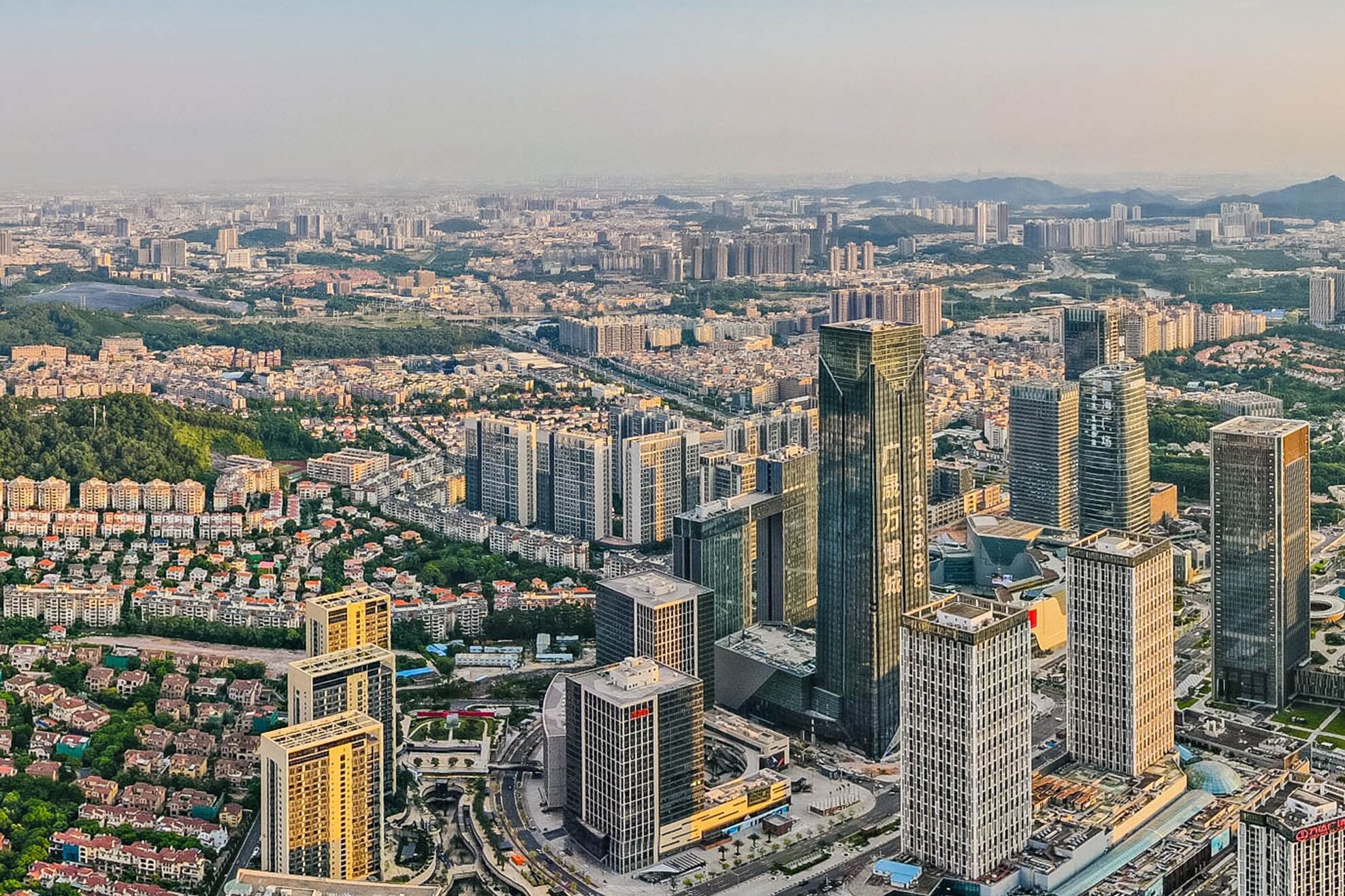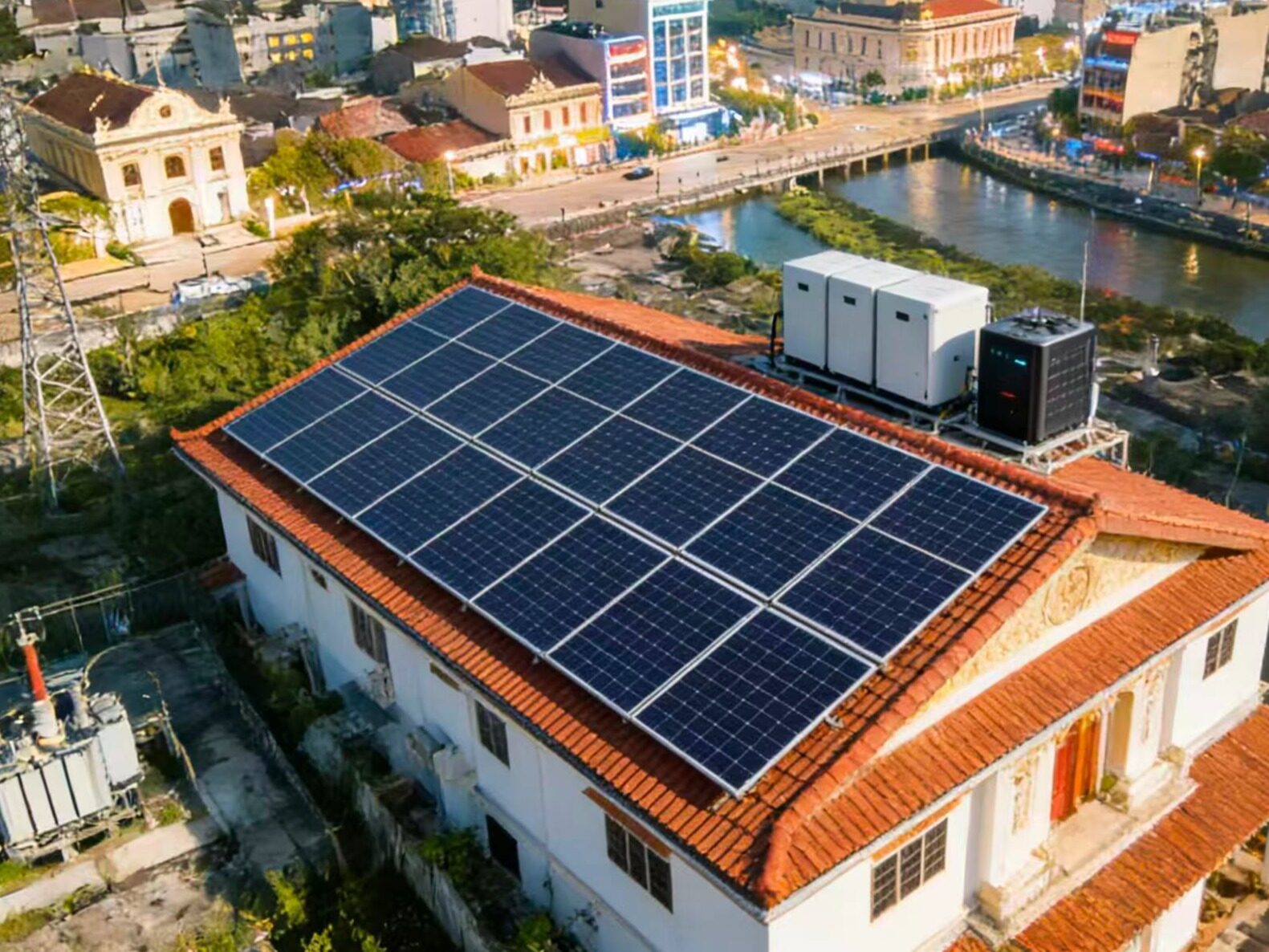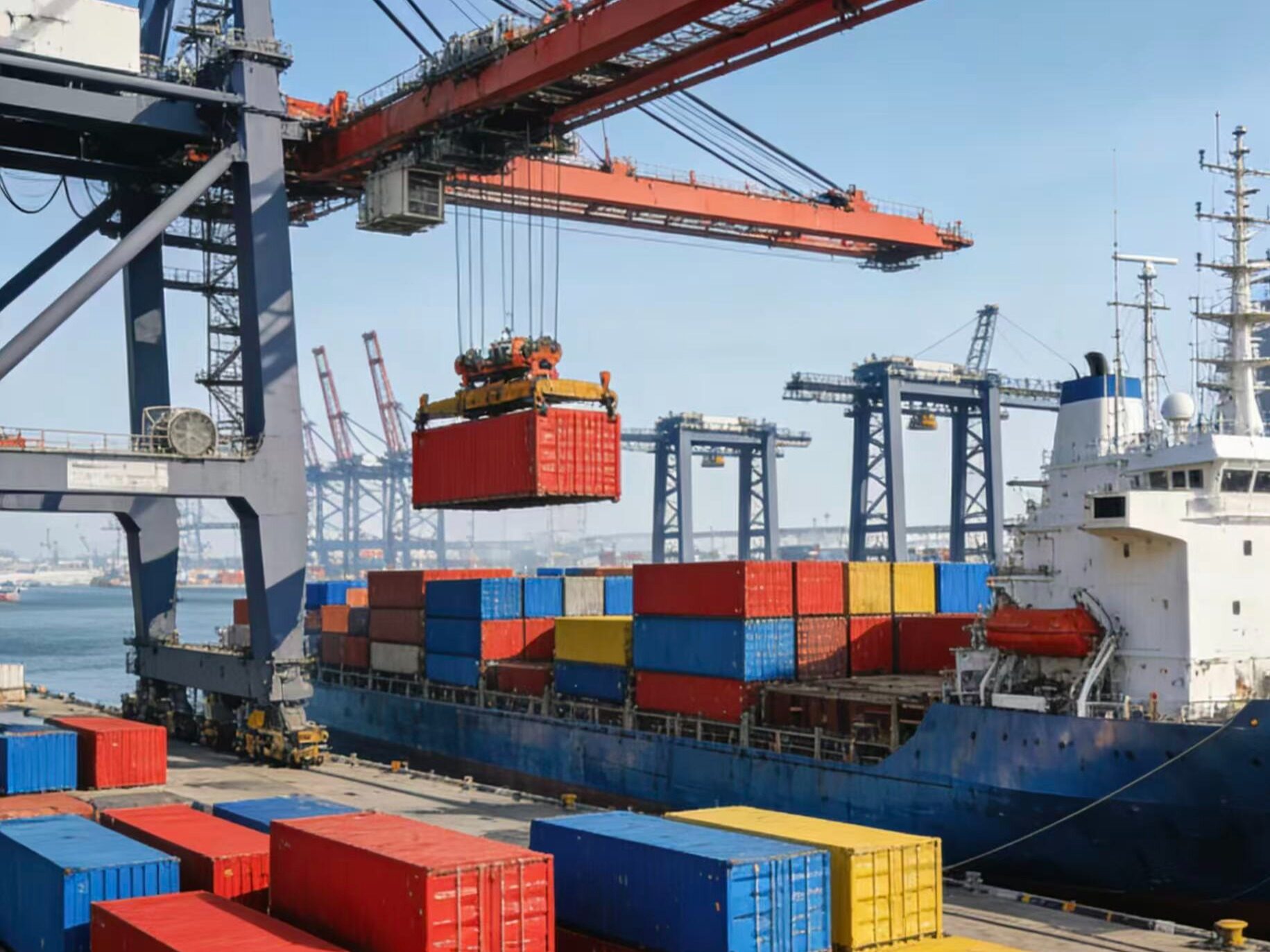- Avoid urban renewal as real estate development, but take urban renewal as an important model for improving urban functions

Just now, the Ministry of Housing and Urban-Rural Development officially announced the prevention of major demolition and construction of urban renewal (Jianke [2021] No. 63). This is only 21 days since the release of the draft for comments.
Since the end of 2020, the Ministry of Housing and Urban-Rural Development has made "urban renewal" a key task for future urban development, and urban renewal models have begun to receive widespread attention. However, the positioning of the National Fourteenth Five-Year Plan for urban renewal is to help local governments carry out self-balancing market-oriented operations in urban areas without increasing the debt ratio, and improve the level of urban infrastructure, public services and urban governance. .
Therefore, in order to curb the pattern and tendency of urban renewal, it is also to prevent local governments from taking advantage of urban renewal to carry out large-scale demolition and construction. On August 31, the official website of the Ministry of Housing and Urban-Rural Development announced the "Notice on Demolition and Construction" (Jianke [2021] No. 63) to help the healthy development of the urban renewal model and not forget the original intention:
Urban renewal should be led by the government, not real estate companies
In the practice of urban renewal in the previous few years, due to the possibility of “primary and secondary linkage development” in urban renewal, some real estate developers have been able to lay out; In "individual plots", urban renewal is used as a way for housing companies to bypass supervision and land auctions.
However, the urban renewal under the leadership of the Ministry of Housing and Urban-Rural Development is not the idea of real estate development. The local government should act as the leading unit of urban renewal projects and formulate corresponding urban renewal plans in accordance with the development goals and needs of the region. Therefore, this notice insists on delineating the bottom line to prevent urban renewal from distortion and distortion; reiterates that local governments should be the first responsible person for urban renewal, to avoid urban renewal as real estate development, but to take urban renewal as an important model for improving urban functions.
Urban renewal should focus on public welfare, not profit
In recent years, policy controls and restrictions on local debt have been gradually escalating, and there have been more and more restrictions on the financing of local urban investment; the recent implementation of the China Banking Regulatory Commission No. 15 document has also made many urban investment companies relatively weak in new financing , Must seek a new model.
In this context, various market-oriented project income self-balancing models have begun to develop on a large scale to achieve the goal of market-oriented operation of infrastructure projects, self-balancing income, and not increasing the government debt ratio. Therefore, the land income and development income in urban renewal are essentially to balance the public welfare investment in the region, rather than to pursue profitability.
In addition, for areas where housing supply and demand are imbalanced and housing prices are under pressure in some areas, what the local government should achieve through urban renewal should be to increase the supply of ordinary housing, improve the efficiency of the use of inefficient land, and increase the supply of rental housing and affordable housing. Alleviate the pressure of supply and demand by expanding supply; instead of repeating the past "land finance" to promote real estate development.
Urban renewal aims to improve function, not construction
Among the urban renewal projects that have been implemented so far, the market often pays attention to the large volume and construction content of urban renewal projects; however, in fact, supervision has always required urban renewal to improve urban functions. In an urban renewal project, in addition to the "demolition of the old and building new" plots, the overall transformation of the entire area's infrastructure, public services, and existing buildings is a very important content.
Moreover, with the implementation of the new round of national economic development planning, many plots in the urban renewal area will fall into the category of "low-utility land", which can be completely re-developed through the "low-utility land redevelopment" and existing building renovation policies. , Renovating and transforming existing buildings and plots, changing their use and positioning, and combining operations and industry introduction, so that urban renewal projects can obtain more sources of revenue, and the entire area can be improved organically.
Therefore, this notice requires the retention and utilization of existing buildings, the maintenance of the scale of the old city, the continuation of the characteristics of the city, the adherence to the simultaneous implementation of “reserving, reforming, and demolition”, focusing on the preservation and utilization of upgrading, strict management of major demolition and construction, strengthening of repairs and renovations, and emphasis on Enhance functions and enhance the vitality of the city. The implementation of urban renewal projects should be "substance greater than form", focusing on the overall improvement of urban functions.
How should the future urban renewal be implemented?
The implementation of this notice proves that the current urban renewal project thinking has undergone major changes, and the overall urban renewal policy has begun to tighten.
Future urban renewal projects should be implemented smoothly in accordance with the latest logic and consider the following aspects: First, consider the improvement of the overall function of the city, and consider the status quo and development requirements of the area as a whole. Implement urban renewal according to actual needs; the second is to link urban renewal actions with the local government’s goal of controlling housing prices and addressing the imbalance in residential demand. Urban renewal in various regions will adhere to the nature of public welfare, curb the trend of real estate, and increase the proportion of on-site physical resettlement, new or expanded rental housing; third, more stringent calculation and management of the income of urban renewal projects. The local government will also increase financial support for the project, attract social professional enterprises to participate in the operation, and balance the transformation investment with long-term operating income; fourthly, in response to the recent heavy rains and epidemics, the challenges of urban management will improve the urban safety aspects of urban renewal. Requirements.
Of course, the notice has a direct and extensive impact on the entities currently participating in various urban renewal projects:
It is undoubtedly the biggest impact for real estate companies that want to bypass supervision and local auctions through the urban renewal model. The notice's regulations on the demolition area, construction intensity, and the proportion of on-site resettlement have resulted in a substantial decline in the land management value of urban renewal. It can also be seen that the supervision is determined to the policy of "housing and not speculating". This also makes the projects that are already in progress in various places will also face greater uncertainty.
After emphasizing the overall goal of urban renewal and the positioning of public welfare, Urban Investment will undoubtedly become a beneficiary of the New Deal. On the basis of adhering to the government's overall planning, public welfare implementation, and self-balancing of project income, urban investment will become the main body of market operation of urban renewal projects, undertaking government-entrusted functions and public welfare policy bank loans. After the recent fiscal tightening and stricter supervision, the share of urban investment in the field of government investment projects has declined to a certain extent, but the implementation of market-oriented operations and self-balancing projects such as urban renewal will effectively increase the work content of urban investment in the future. Help maintain the cash flow and operating stability of City Investment.
Although the issuance of this notice is a tightening, it has pointed out a more certain and sustainable development path for local governments and implementing agencies. The future urban renewal will further clarify the boundaries with the real estate industry, but it will also become an important tool for the development of local governments, which will continue to land and blossom across the country. Editor/Xu Shengpeng
Comment
 Praise
Praise
 Collect
Collect
 Comment
Comment
 Search
Search














Write something~